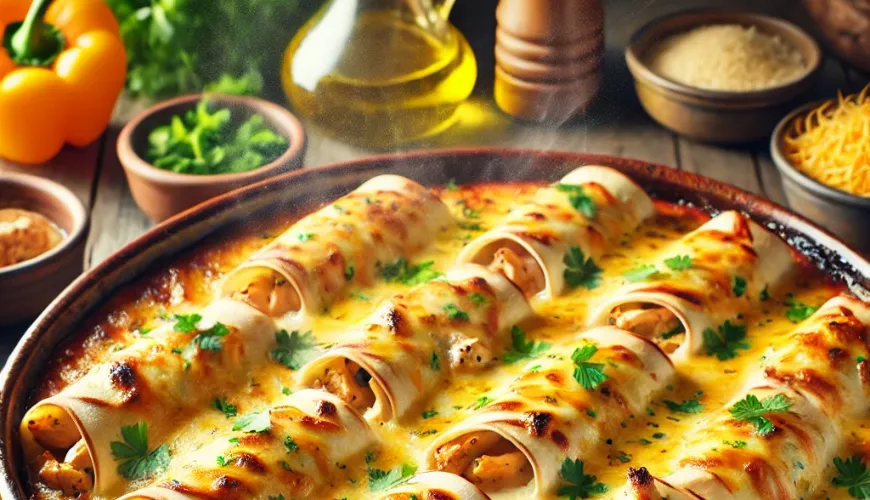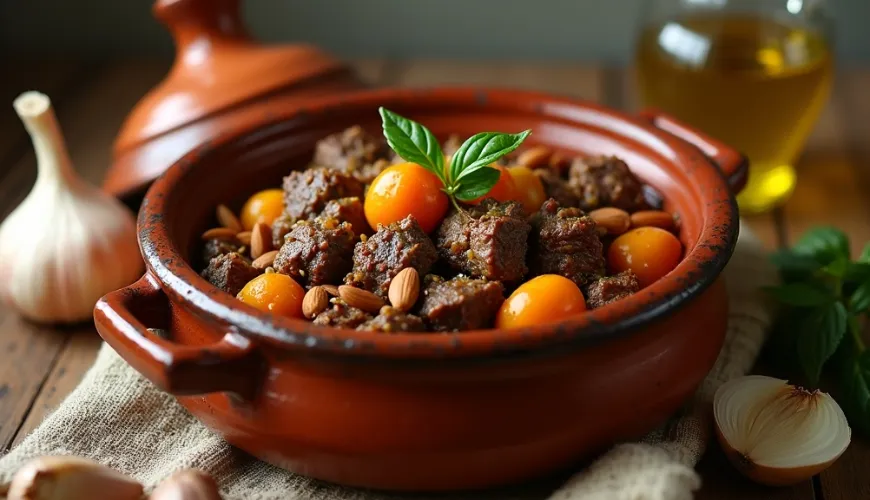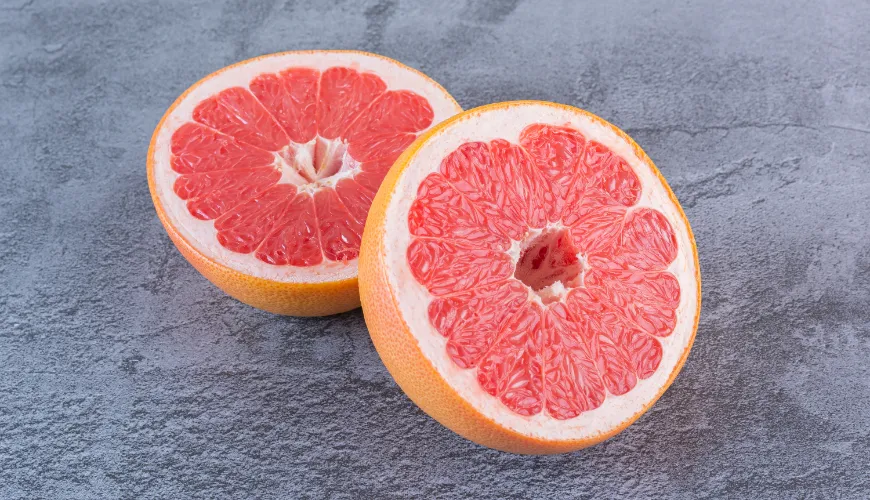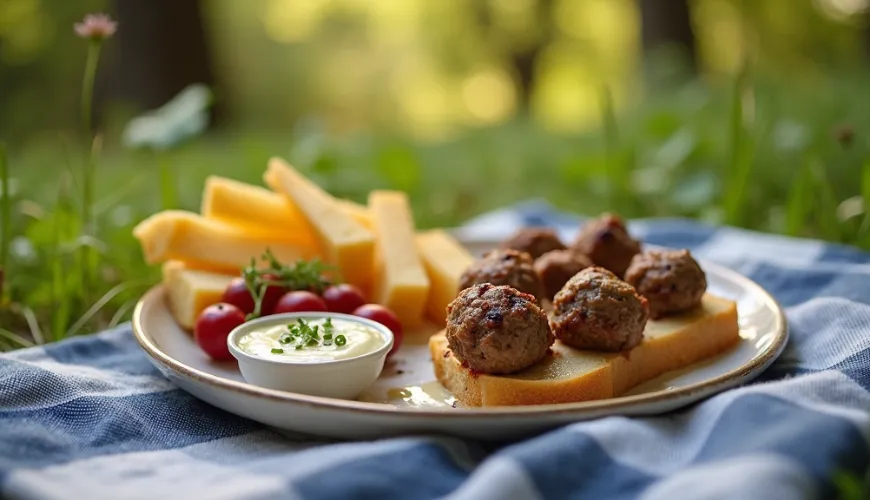
Discover the Magic of Tajine and Its Influence on Culinary Culture

Tajine – Slow Cooking with a Touch of the Exotic
Among traditional dishes that transcend their homelands and find a place on European tables, the Moroccan tajine holds a special position. It is not just a dish but an entire method of cooking that carries history, culture, and above all, the flavor of the Oriental world. In an era where more people seek inspiration for healthy and sustainable eating, tajine can be not only a culinary experience but also a path to a more wholesome approach to food.
The word tajine refers to both the dish itself and the distinctive conical ceramic pot in which it is cooked. This traditional tool of Moroccan cuisine is gaining popularity beyond North Africa—not only for its charm but especially for its cooking method, which preserves the flavor and nutritional value of ingredients.
What is Tajine and What Makes It Special?
Tajine (pronounced "ta-zheen") is a dish prepared by slow simmering in a closed vessel, typically made of glazed or unglazed ceramics. The top conical part allows for steam condensation, which returns to the food, keeping the dish juicy without needing to add excessive amounts of water or fat. This makes tajine an ideal cooking method not only for meat but also for vegetables, legumes, or fish.
One of the greatest benefits of this method is its gentle treatment of ingredients—during slow cooking, the flavors of individual ingredients gradually release and blend into a harmonious whole. The result is a dish that is not only aromatic but also nutritious and easily digestible. It's no coincidence that tajine has become a symbol of mindful cooking, respecting seasonal and local ingredients.
Tajine Pot – A Return to the Roots
In the age of kitchen robots and quick pans, the traditional tajine pot feels like a return to a more peaceful, deliberate style of cooking. Made from natural materials and often crafted by hand, it appeals especially to those who embrace an ecological and sustainable lifestyle. Tajine suits not only lovers of Oriental cuisine but also anyone who wants to start cooking simply, healthily, and with minimal waste.
On the market, there are both classic ceramic tajines, suitable for use in the oven or on a gas flame with a heat diffuser, as well as modern cast iron versions with ceramic or enamel surfaces that can also be used on induction. The choice depends on preferences and the type of cooking surface, but it is always true that tajine requires time—and its slowness is an asset, not a drawback.
Beef Tajine – Aromatic Spices and Slow-Cooked Meat
One of the most classic recipes is beef tajine with apricots, almonds, and Moroccan spices. The sweet and savory combination of dried fruit and meat is typical of North African cuisine, creating a flavor profile that is unusual yet incredibly delicious for European palates.
Despite its exotic origins, preparing this dish is surprisingly simple. You only need a few basic ingredients:
- beef shank or other stewing meat
- onions, garlic
- dried apricots or plums
- almonds (whole or sliced)
- cinnamon, cumin, turmeric, ginger
- broth or water
- olive oil
Sauté onions and garlic in olive oil, add cubed meat and spices. After brief browning, add water or broth, dried fruit, and let it slowly simmer in the tajine pot—ideally for 2 to 3 hours. Finally, add toasted almonds and serve the dish with couscous or bread.
Prepared this way, beef tajine is not only a festive but also a highly nutritious dish. Thanks to slow cooking, the meat becomes perfectly tender, absorbing the flavors of spices and fruit, while all ingredients remain nutritionally valuable without needing artificial flavorings or excess fat.
Tajine Recipes That Adapt to Your Lifestyle
Although tajine is traditionally associated with meat, there are many variants suitable for vegetarians or vegans. Thanks to its universal cooking method, tajine can be prepared with legumes, sweet potatoes, chickpeas, tomatoes, or even pumpkin. The key is a combination of ingredients that complement each other not only in taste but also nutritionally.
A healthy lifestyle and tajine go hand in hand—ingredients are stewed instead of fried, the amount of salt is minimized by the strength of spices, and the dish is well-balanced thanks to its high content of vegetables and fiber. Adding turmeric, which has anti-inflammatory effects, or ginger, which aids digestion, also gives the dish a therapeutic dimension.
One reader of the Ferwer blog, Petra from Brno, described her experience with tajine as follows: “I had long been looking for a way to cook slowly and healthily, without frantic cooking after work. Tajine changed my approach to food—I prepare it in the evening, and the next day I have an amazing dish full of flavor. Plus, it's beautiful for serving."
The Culture Around Tajine – More Than Just Food
In Morocco, tajine is not cooked only for special occasions—it is part of everyday life. It is cooked at home, in street bistros, and luxurious restaurants. When dining, one large pot is often used, from which the whole family or a group of friends eats, strengthening relationships and respect for food as a social act.
This way of dining can also inspire European households—instead of separate portions and rushing to work, take time to sit at one table and share both food and the present moment. This is the true magic of tajine—it is not just a recipe but a ritual that slows down and connects.
Why Bring Tajine Home?
There are many reasons to give tajine a chance. It is not just a new recipe for the kitchen but a whole culinary approach emphasizing natural ingredients, gentle cooking, and respect for food. Moreover, it is a stylish kitchen accessory—beautifully glazed tajines often serve as decoration or an original form of serving.
In the offerings of e-shops focused on ecological and healthy households, like Ferwer, you can find tajine pots in various variants that also meet demanding requirements for sustainability and material quality. Whether you choose traditional ceramics or modern cast iron, each piece carries a bit of craftsmanship and respect for tradition.
Tajine is not just about the exotic—it is about returning to roots, to values we seek more and more today. The scent of cinnamon and slow-cooked meat might remind you of the distant Orient, but it also touches something deeply human: the need to eat well, without haste, and with love.

